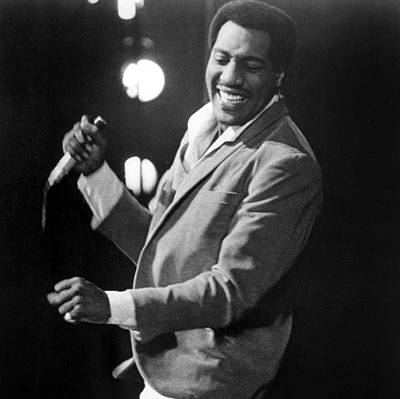We’re a month into 2021. While we’re generally forward-looking as individuals and as a company, today’s installment of Gentlemanly Jams decidedly looks backward. Specifically, we’re looking back to 1964, the year Otis Redding’s “Pain In My Heart” was released.
Otis Redding – Brief Background
 Otis Redding is far from an obscure figure in the American musical canon. Quite the opposite – he’s a household name. Most of us are familiar with his tragic, untimely death at the age of 26, passing away in a plane crash in 1967. In a bittersweet twist of fate, his song “(Sittin’ On) The Dock Of The Bay” became his first to hit #1 on the Billboard Hot 100, albeit posthumously. As it happens, it was also the first song in history to hit number one after the artists’s death.
Otis Redding is far from an obscure figure in the American musical canon. Quite the opposite – he’s a household name. Most of us are familiar with his tragic, untimely death at the age of 26, passing away in a plane crash in 1967. In a bittersweet twist of fate, his song “(Sittin’ On) The Dock Of The Bay” became his first to hit #1 on the Billboard Hot 100, albeit posthumously. As it happens, it was also the first song in history to hit number one after the artists’s death.
Pain In My Heart
Recorded for Volt Records (a subsidiary of Memphis’ Stax label), “Pain In My Heart” was Otis’ debut album. It was critically acclaimed in its time, and many of its songs would be on a list of “need-to-know” R&B songs. It’s a perfect example of where R&B, soul, and rock and roll intersected.
Interestingly, out of twelve tracks, Otis only wrote or co-wrote five. The rest are covers of others’ material, notably Sam Cooke’s “You Send Me.”
Perhaps the most famous of these songs is “These Arms of Mine,” which was used in a famous scene from the film Dirty Dancing.
Musical Style & Influence

Like lots of R&B and soul of its time, Otis’ sound was simultaneously stripped down and layered. His band was larger than the typical four-man band of the 1960’s rock era, featuring an organist, pianist, guitars, and even horns and woodwinds. This stands in contrast with most notable contemporary, Sam Cooke, whose otherwise incredible music often had a schmaltzy twinge to it.
The songwriting itself is pretty simple and accessible – there’s nary an experimental sound to be heard. This simplicity, combined with Otis’ lyrics about being lovelorn, lends a certain innocence to the album.
It was Otis’ vocal prowess, however, that made him stand like a giant amongst his peers. With the utmost ease, he could croon softly and sensitively. On the other hand, he had a set of pipes on him and he could blow the doors off the place when he wanted to.
A perfect case in point is the song “That’s What My Heart Needs.” The song starts off softly and delicately, only to culminate in one of the most impassioned screams in music history at the end. The former style paved the way for sensitive, soulful singer-songwriters like Ray LaMontagne, while the latter opened doors for the likes of Mick Jagger and other soul-influenced yelpers.
Otis’ Style

Clothing-wise, Otis was a product of his time. He was in his early twenties in the early sixties, and men’s clothes were getting slimmer and slimmer. Many photos and videos of Otis show him in slim, monochromatic suits with ties, French cuff shirts, or mod sweaters.

It’s crucial to note that while his style wasn’t flamboyant or intentionally eye-catching, his clothes fit well. We’ve said it before and we’ll say it again – fit is the most important aspect of permanent, personal style. The fit of Otis’ clothes allowed them to take a tasteful backseat to what he wanted folks to pay attention to, namely his voice and prowess as a performer.
In Conclusion
Have you ever seen a celebrity’s style and thought to yourself, “I want to look like that?” We’re here to talk. Give us a call at 215-310-0219 or email info@henrydavidsen.com to get started.

